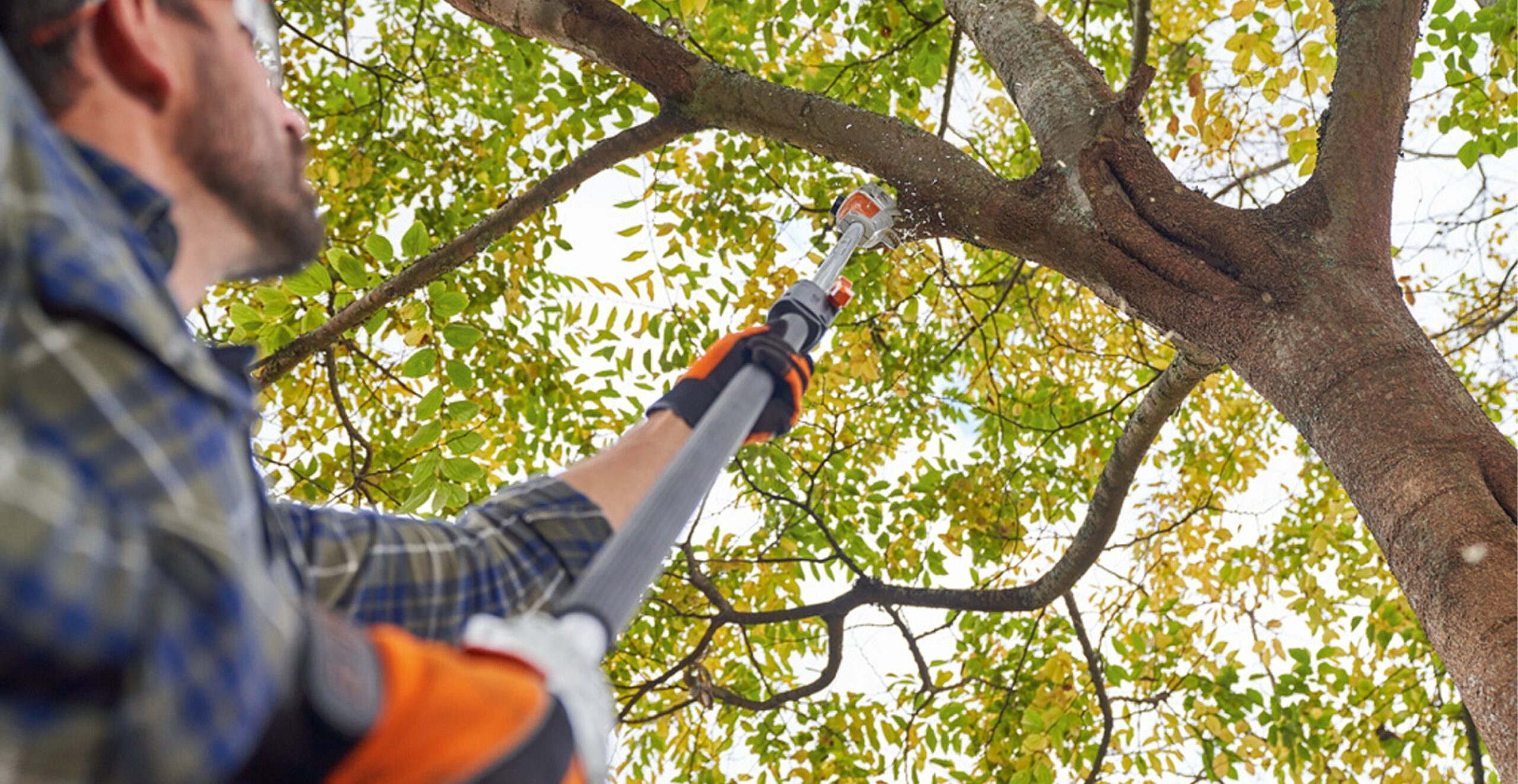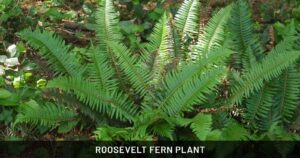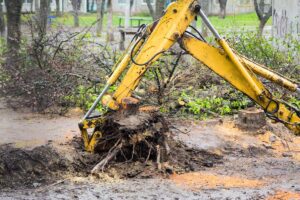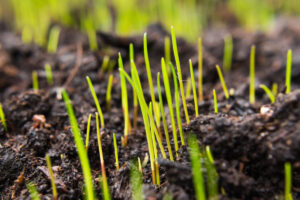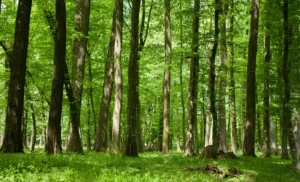Victoria Tree Removal Laws: A Comprehensive Guide (2024 Update)
Trees contribute significantly to the environmental and aesthetic value of Victoria, offering shade, improving air quality, and enhancing property value. However, there are times when tree removal becomes necessary due to safety risks, diseases, or developmental reasons. In Victoria, tree removal is regulated at both state and local levels, ensuring trees are preserved while balancing property owners’ rights. This comprehensive guide provides an overview of Victoria’s tree removal laws, including state guidelines, local regulations, and the specific rules that apply to residential and commercial properties.
Overview of Victoria’s Tree Removal Laws
In Victoria, tree removal is governed by state legislation, such as the Planning and Environment Act 1987, alongside local council regulations. The state government enforces protections for certain tree species and significant trees, while local councils have specific ordinances covering tree removal on private properties. These regulations aim to protect the environment while allowing for the responsible management of trees.
Key Regulations for Tree Removal
Victoria has several key regulations that apply to tree removal:
- Permits Required for Significant Trees: Property owners must obtain a permit to remove certain significant trees. Significant trees are often defined by their size, species, age, or cultural importance.
- Safety and Hazardous Trees: Trees posing an immediate safety hazard may be removed without a permit. However, professional documentation or assessment is required to prove the risk.
- Council-Specific Rules: Local councils may have additional requirements for tree removal, especially in areas with high environmental sensitivity or dense tree cover.
Local Ordinances: City-Specific Tree Removal Rules
Each local government in Victoria has its own regulations when it comes to tree removal. These rules often vary depending on the tree’s size, species, and location within the property.
City-by-City Breakdown
| City/County | Residential Permit Rules | Commercial Permit Rules | Protected Species/Heritage Trees |
|---|---|---|---|
| Melbourne | Permit required for non-hazardous trees | Strict regulations, detailed site plan needed | Significant and heritage trees are protected |
| Geelong | Permit needed for any tree above 2 meters in height | Permit required for all removals | Special protection for native species |
| Ballarat | Requires professional arborist report for removal | Comprehensive site plan for any commercial removal | Heritage-listed trees are protected by ordinance |
| Bendigo | Permit needed for large and old trees | Strict requirements for heritage and native trees | Additional protections for environmentally sensitive species |
| Warrnambool | Removal of native trees requires permit | Permit required, focus on conservation | Heritage and native trees receive special protection |
Tree Removal Laws for Residential vs. Commercial Properties
Residential Tree Removal Regulations
In Victoria, homeowners are often required to obtain a permit for tree removal, especially for significant or native trees. However, some councils allow for the removal of smaller trees or those posing an immediate risk without the need for formal approval.
- Hazardous Trees: Trees deemed dangerous by a certified arborist can often be removed without a permit. Documentation is typically required to justify the removal.
- Significant Trees: Significant trees require a permit regardless of the condition of the tree. Councils may require replacement planting or mitigation measures.
Commercial Tree Removal Regulations
Commercial properties face stricter regulations for tree removal:
- Comprehensive Site Plans: Commercial property owners must often submit a detailed site plan, including a tree survey that outlines all trees on the property, their species, size, and condition.
- Mitigation and Replacement: Commercial tree removal often requires the planting of new trees or payment of a fee to offset the environmental impact.
Protected Trees and Heritage Ordinances
Victoria has stringent rules protecting certain species of trees, especially native and heritage-listed trees. Local councils enforce these protections, often requiring permits for any alterations or removals.
Commonly Protected Trees in Victoria
| Species | Common Ordinance Requirements |
|---|---|
| River Red Gum (Eucalyptus camaldulensis) | Protected due to size, age, and environmental value |
| Mountain Ash (Eucalyptus regnans) | Removal requires a permit and replacement requirements |
| Australian Blackwood (Acacia melanoxylon) | Strict removal conditions, especially in conservation zones |
| Blue Gum (Eucalyptus globulus) | Typically protected, especially in urban environments |
Steps for Applying for a Tree Removal Permit
The application process for a tree removal permit in Victoria generally involves the following steps:
- Consult Local Ordinances: Start by reviewing your local council’s tree removal guidelines.
- Obtain an Arborist Report: If required, hire a certified arborist to assess the tree and provide documentation regarding its condition and potential risks.
- Submit Application and Pay Fees: Fill out the necessary application forms from your local council’s website or office and pay any applicable fees.
- Await Approval: Councils will review the application, often requiring an on-site inspection before granting approval.
Penalties for Unauthorized Tree Removal
Removing a tree without proper authorization in Victoria can lead to significant penalties:
- Fines: Depending on the council, fines can range from $500 to over $10,000 per illegally removed tree.
- Replanting Requirements: Property owners may be required to replant multiple trees to replace the one that was removed illegally.
- Criminal Charges: In some cases, criminal charges may be brought if the tree removal was intentional and caused significant environmental damage.
